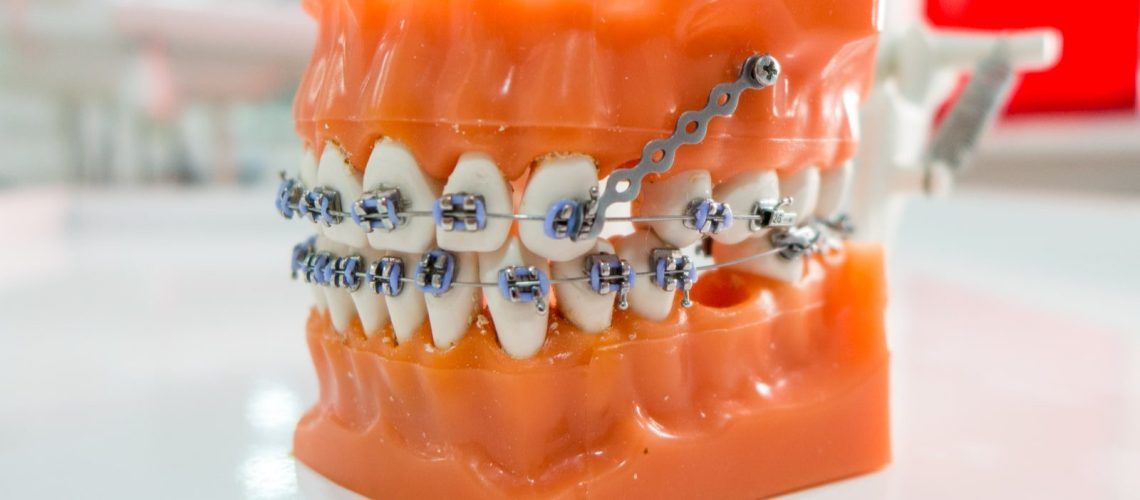Adjusting the shape and position of our teeth requires numerous considerations to do safely. The pressures applied during orthodontic treatment can affect more than just the target teeth. They can also affect those teeth near the ones needing to be adjusted. This concern makes it necessary to secure teeth that don’t need to be moved in place. The first technique to accomplish this, the orthodontic anchorage, was first introduced over a century ago. Since then, this practice has become a standard part of our modern orthodontic treatments.
Applying Anchorage In Orthodontic Treatments
Henry Albert Baker was the first dentist to develop a method of anchoring teeth as part of a treatment. This original anchorage, now known as Baker’s Anchorage, formed the foundation of various practices used for securing teeth in place. These new developments all serve the same general purpose but are applied differently in each case. This has led to a classification system being developed for these treatments.
- Site-Based Classification
- Intraoral – Orally affixed anchorages
- Extraoral – Anchorages that are secured to appliances outside the oral cavity. Face masks and headgear are the most frequently encountered forms of external anchorage. Occipital, cervical, and combination headgear all fall in extraoral anchorages.
- Muscular – A system using muscle tissue to secure anchorages in place.
- Number of Treated Teeth
- Simple/Primary – Targeting a single tooth
- Compound – Targeting multiple teeth
- Reinforced – Using multiple teeth or additional oral appliances to provide support to the core anchorage. Muscular and extraoral anchorages are often used for points of additional support.
- Reciprocal – A single anchorage drawing two teeth towards one another an equal amount.
- Stationary – Used when a tooth needs its position, not its angle, changed.
- Space-Based Classification
- Group A – Used to move teeth towards the rear of the mouth
- Group B – Used when both forward and rear teeth need to be adjusted
- Group C – Used when adjusting teeth towards the front of the mouth
- Absolute Anchorage – Used when the only teeth that need to move are the rear teeth.
This classification system provides methods of describing an anchorage easily and accurately. With just a few words the dentist can note which teeth are being moved, what appliances are being used to do so, and which direction they’re being moved. In rare cases, implants may be used as anchor points or a specific bone. There are separate classifications for these anchorages as well.
Touch Base With Your Dental Provider For More Info
The above guide is available to inform patients about orthodontic anchorages and their classifications. Preparing to perform an orthodontic procedure requires a significant amount of planning and expertise. Further, a full understanding of the patient’s whole oral health is required. Remote endodontists can’t discern some complications from a mere oral impression. Seeing a local dental care provider is the only way to ensure that you get the best care. While mail-order orthodontics and clear retainers are available, it’s best to stick with a reliable local provider for this care.


